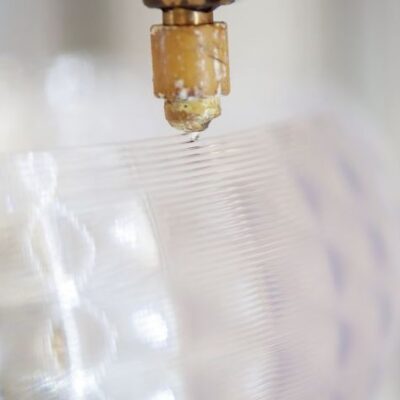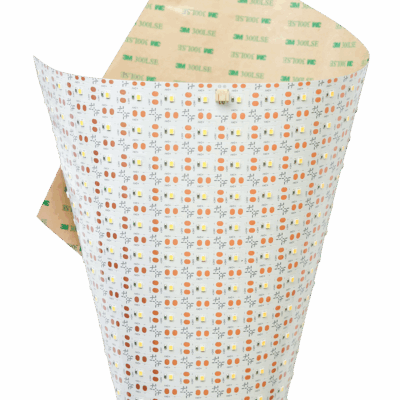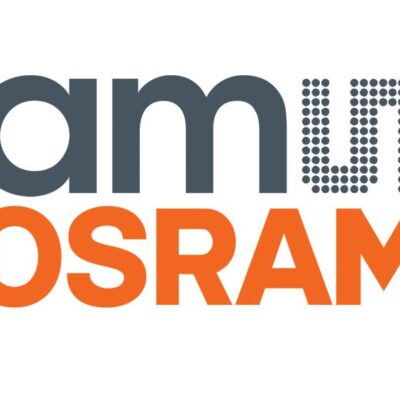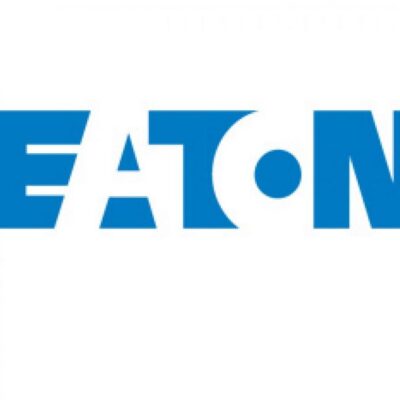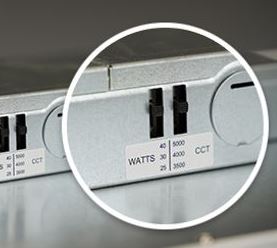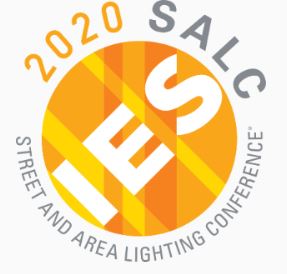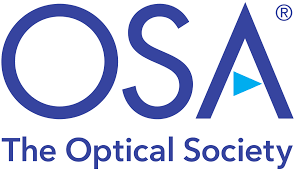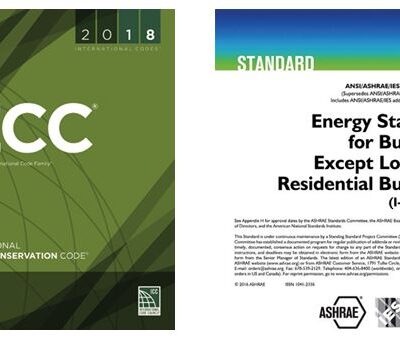Signify recently unveiled its facilities to 3D print light shades and luminaires in the Netherlands, and plans to establish 3D printing factories in the US, India and Indonesia.
Craig DiLouie
Product Monday: Light Paper Backlighting by eos Light
eos Light’s LightPaper LED sheets are thin, lightweight, flexible, and field-cuttable light sources, designed for backlighting curved surfaces, walls, ceilings, columns and virtually any acrylic, stone or textured material that may require very low setback between the illuminated surface and the light source itself.
OSRAM Takeover by AMS Crosses Acceptance Threshold
Austrian sensor manufacturer AMS has announced its November 7, 2019 all-cash takeover offer for OSRAM Licht AG has crossed the acceptance threshold among OSRAM’s shareholders, and has been accepted.
MD-SIG to Merge with Zhaga Consortium
Zhaga and MD-SIG recently announced that they have agreed to align their efforts and to proceed as a single organization under the Zhaga Consortium. Zhaga members have access to the former MD-SIG specifications as part of their Zhaga membership.
Lighting Research Center Partners With Eaton on 3D Printed LED Luminaires
Rensselaer’s Lighting Research Center has partnered with Eaton Corporation on a project to develop a complete additively manufactured, LED-integrated luminaire. Under funding from the United States Department of Energy, the project will address the main barriers to widespread adoption of additive manufacturing technology (also known as 3D printing) as applied to solid-state lighting.
Product Monday: Field-Adjustable Edge-Lit LED Panel by LSI Industries
LSI Industries has launched a new version of its edge-lit flat LED panel to enhance its versatility.
Light Observations Suggest Universe May Not Be Flat But A Sphere
Observation data produced by the Planck Satellite Mission suggests the universe may not be flat, as popularly believed by scientists, but a sphere.
IES Issues Call for Speakers for 2020 Street & Area Lighting Conference
Speaker proposals for the 2020 IES Street & Area Lighting Conference in Dallas, TX are now being accepted.
December 19 Webinar to Address the Blue Light Hazard
The International Commission on Illumination (CIE) will host a free webinar about the blue light hazard, sponsored by the Optical Society of America, at noon ET on December 19, 2019.
ASHRAE/ANSI/IES 90.1 Vs IECC
An opinion piece in a recent issue of ENGINEERED SYSTEMS asks a simple question: Why does the U.S. need two model energy codes?


